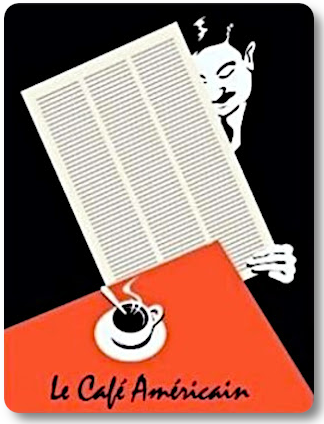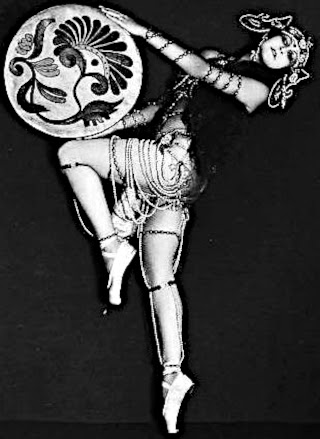The growth of the broad short term money supply remains strong for a slack economy, although not quite as robust as when there was a flight to quality out of equities and Ben did his moonshot with the Fed's balance sheet.
Demand for money? What demand? This is something new in the post World War II era.
Relative to the growth of bank credit, the growth of broad short term money as measured in MZM is outsized as the Fed intends it to be.
The limit of the Fed's ability to monetize various debt instruments already in existence is the value of the dollar relative to the purchasing power of the other major fiat currencies.
Do people realize that a monetization of the dollar is occurring? Some do.
As one might expect the velocity of money, which is the ratio of money supply to the aggregate demand for money (GNP), is very low. This is helping the Fed to keep inflation selectively low, because although there is a lot of money relative to bank credit demand, that increased money is not doing much chasing of goods. It seems to be flowing once again into financial assets, which is probably an artifact of where the money has been allocated. How many cars and meals can a wealthy person or corporation consume? They do not create consumption out of their excess, they increase their speculation and the acquisition of the means of future production.
As the velocity of money starts increasing then the Fed will have to change its stance on quantitative easing, which is really nothing more than the monetization of existing debt. 







































